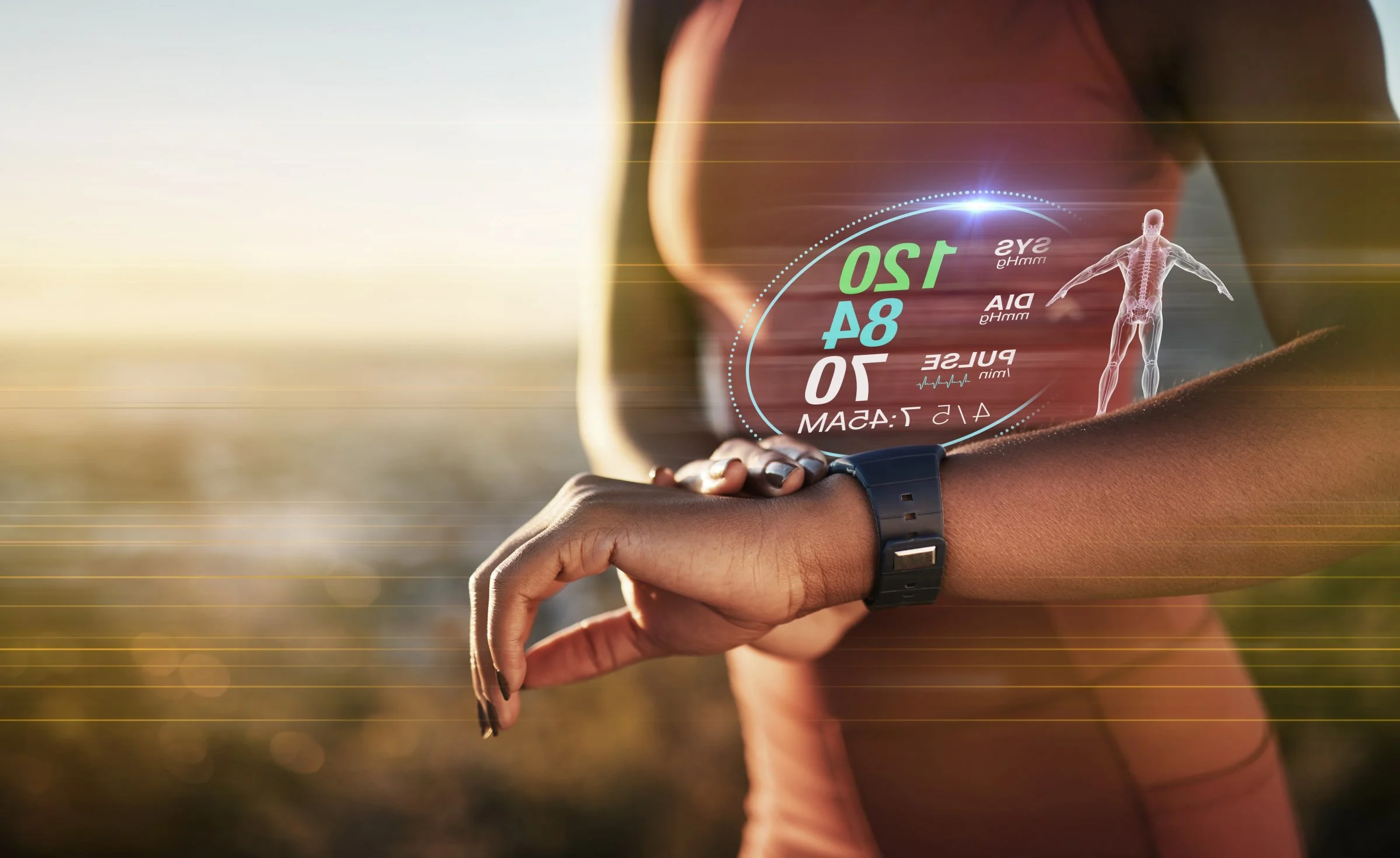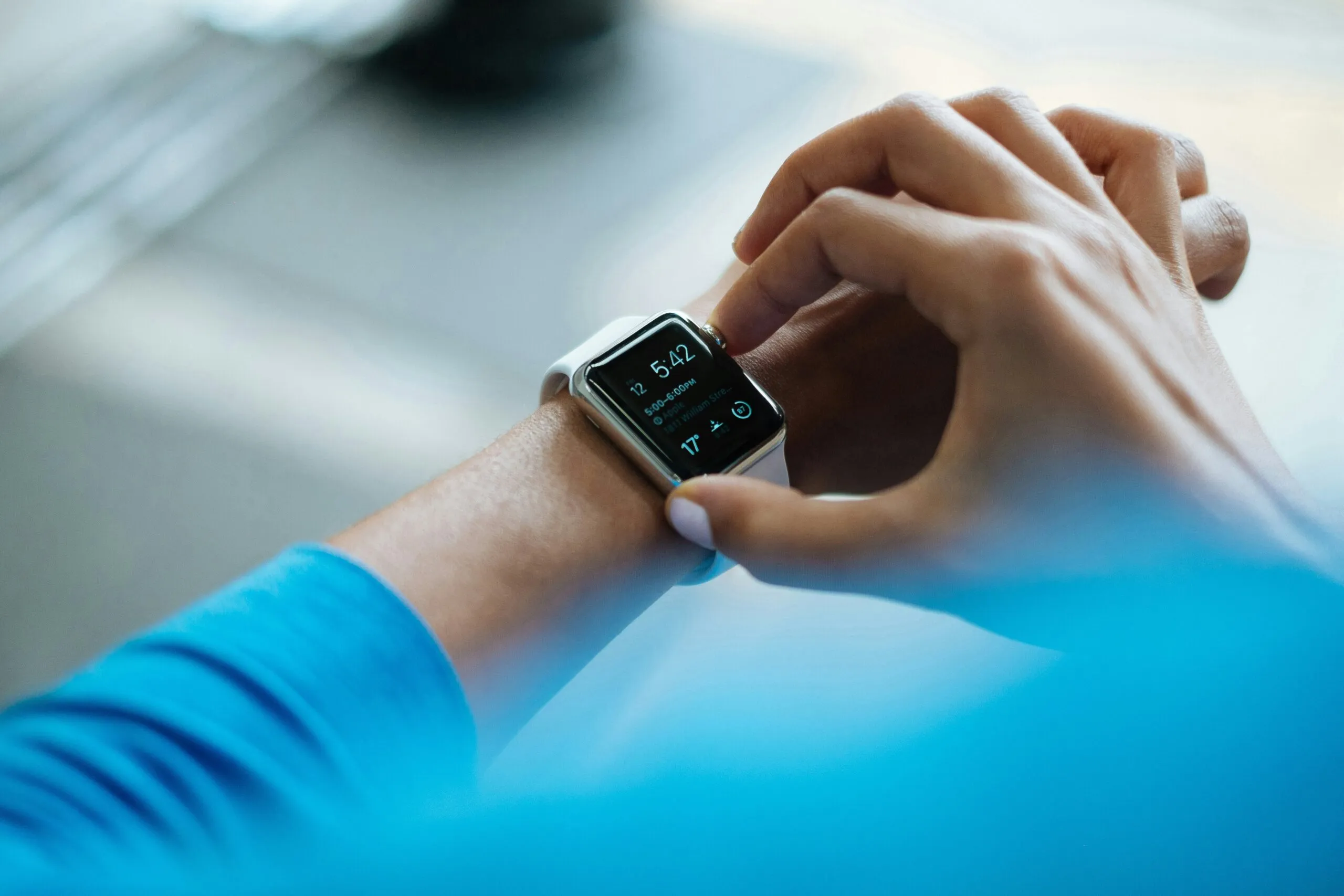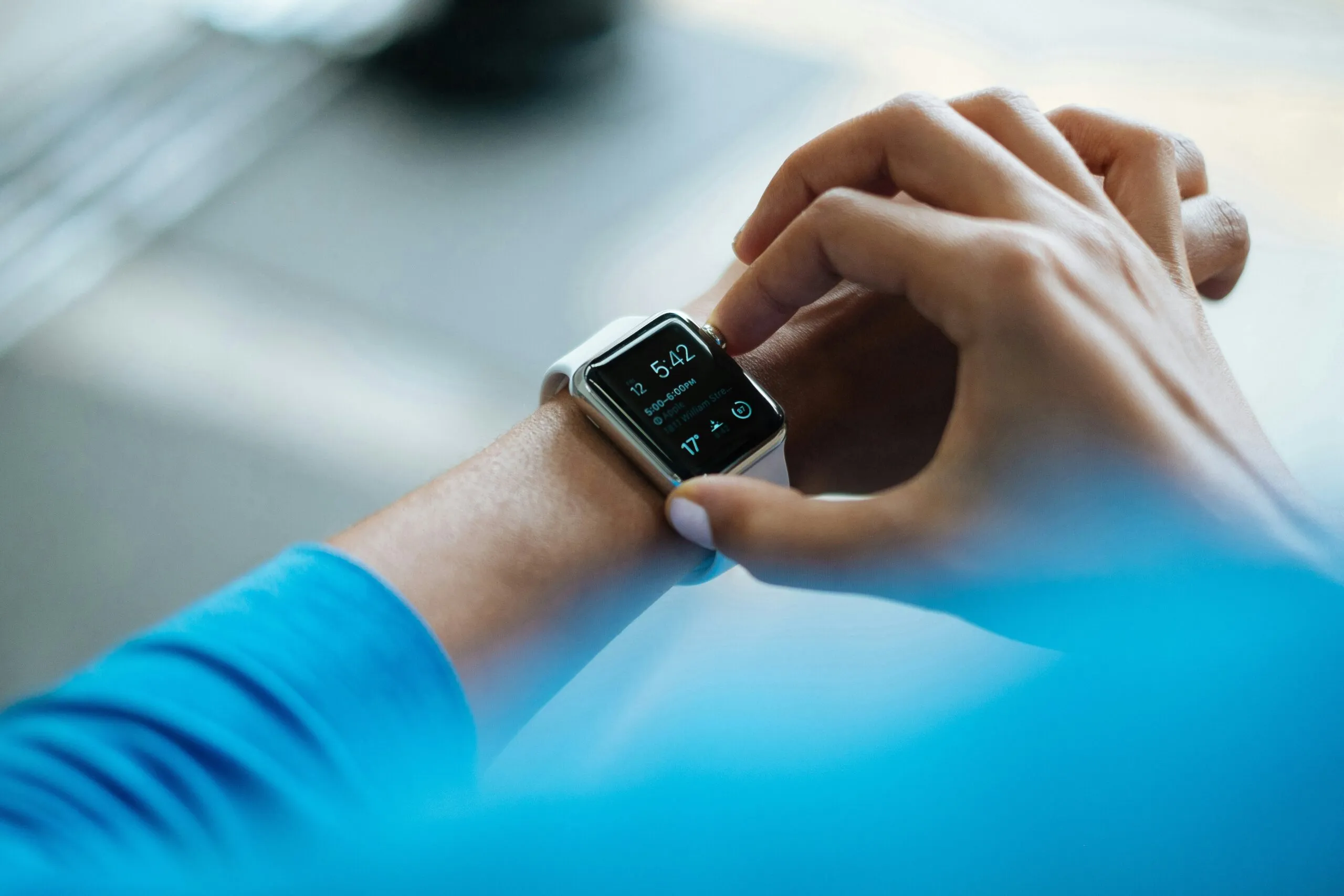Introduction to Wearable Technology and Wellness

Wearable technology has emerged as a significant influence on personal wellness, transforming how individuals monitor and manage their health and fitness. These devices, which include fitness trackers, smartwatches, and health monitors, are designed to be worn on the body, allowing for continuous data collection and real-time feedback on various health metrics. The growing significance of wearable technology stems from the increasing awareness of health and wellness among consumers, who are seeking innovative solutions to optimize their daily lives.
Fitness trackers, such as those produced by popular brands, are primarily focused on physical activity monitoring. They track steps taken, calories burned, and even sleep quality, providing individuals with insights that can motivate them to achieve their fitness goals. On the other hand, smartwatches combine fitness tracking with advanced features such as mobile notifications, heart rate monitoring, and even ECG capabilities, making them multi-functional tools for health management. Health monitors, which may include continuous glucose monitors and blood pressure cuffs, cater to specific medical conditions, facilitating proactive health management.
The rapid adoption of these wearable technologies can be attributed to several factors, including the rise of health-conscious consumers and advancements in technology that have made these devices more accessible and user-friendly. Many individuals are increasingly utilizing these devices not only for fitness enhancements but also for their potential health benefits. By integrating seamlessly into daily routines, wearable technology is positioned at the intersection of health, fitness, and daily life, encouraging users to establish healthier habits and maintain a proactive approach towards their well-being.
Enhancing Physical Activity and Fitness Monitoring
The integration of wearable technology into daily life has significantly transformed the way individuals approach their health and fitness. By utilizing devices such as smartwatches and fitness trackers, users can easily monitor various aspects of their physical activity. One of the primary functionalities of these devices is step tracking, which encourages users to set daily goals and gain insights into their movement patterns. The ability to count steps provides a tangible metric, motivating users to incorporate more walking into their routines and ultimately increasing overall activity levels.
Another crucial feature of wearable technology is heart rate monitoring. By offering real-time data on heart rate during workouts, these devices enable users to optimize their exercise intensity. This capability is particularly beneficial for individuals who are training for specific fitness events or managing health conditions. With precise heart rate information, users can adapt their exercises accordingly, ensuring they achieve maximum cardiovascular benefits while minimizing the risk of overexertion.
Additionally, wearables provide exercise logging functionalities that allow users to record various workouts, from running to cycling and strength training. Tracking workouts not only helps individuals monitor progress over time but also provides a sense of accomplishment. Many devices also offer integration with smartphone applications, allowing users to analyze performance statistics and trends, making it easier to set realistic fitness goals and stay committed to achieving them.
Statistics support the efficacy of wearable technology in promoting physical activity; studies indicate that users often increase their activity levels by up to 30% when using these devices. Real-life success stories highlight individuals who have transformed their lifestyles by utilizing fitness wearables. These accounts illustrate the powerful role that wearable technology plays in not only tracking fitness metrics but also fostering accountability and encouraging a more active lifestyle.
Mental Health and Stress Management
Wearable technology has emerged as an important tool in enhancing mental health and managing stress. By leveraging a variety of features such as sleep tracking, mindfulness apps, and stress monitoring, these devices can provide valuable insights into emotional well-being. For instance, many wearables include sensors that monitor heart rate variability and activity levels, allowing users to evaluate their stress responses throughout the day.
One of the primary benefits of sleep tracking is its ability to help individuals identify patterns that may be contributing to their overall mental health. By analyzing data collected from wearables, users can gain insights into sleep quality and duration, enabling them to make necessary adjustments to their routines. Improved sleep not only enhances physical health but also significantly impacts mood and cognitive function, therefore contributing to better stress management.
Mindfulness and meditation apps integrated with wearables also play a crucial role in mental wellness. These applications offer guided sessions, breathing exercises, and stress-relief techniques that individuals can easily access on the go. With reminders and notifications, wearables encourage users to engage in mindfulness practices regularly, effectively making these beneficial habits part of their daily routines. This consistent engagement can lead to reduced anxiety and improved emotional resilience.
Furthermore, wearables are facilitating connections with mental health support resources and communities. Some devices allow users to share their health data with healthcare professionals, enabling tailored advice and interventions based on real-time metrics. Additionally, community features within these applications provide opportunities for users to connect with others facing similar challenges, fostering a sense of belonging and support.
Overall, wearable technology presents a unique opportunity for users to proactively manage their mental health and stress. By effectively utilizing the data generated by these devices, individuals can identify triggers, enhance their sleep quality, and adopt mindfulness practices, all of which contribute to improved emotional well-being.
Future Trends and Considerations in Wearable Technology
The landscape of wearable technology is rapidly evolving, particularly regarding its implications for personal wellness. Emerging trends are poised to redefine how individuals manage their health, with advancements in biometric data collection leading the way. Devices that can accurately monitor not just basic metrics such as heart rate and steps but also more complex indicators like blood glucose levels and hydration are increasingly becoming available. This enhanced capability will allow users to gain deeper insights into their well-being, fostering more informed decisions about their health.
Integration with telehealth services represents another significant trend. Wearable devices equipped with real-time health monitoring can seamlessly connect users to healthcare professionals, enabling remote consultations and personalized health plans. This shift towards telehealth provides crucial support for users in managing chronic conditions and can improve access to healthcare, particularly in underserved populations.
The incorporation of artificial intelligence (AI) into wearable technology will also play a pivotal role in personal health management. AI-driven algorithms can analyze collected biometric data to offer personalized health recommendations and alerts, thereby promoting proactive health management. Such innovations have the potential to transform how people engage with their wellness journeys, shifting from a reactive to a more proactive approach.
Despite these advancements, challenges remain. Data privacy concerns loom large, as with any technology that collects personal information. The digital divide presents another obstacle; not all individuals have equal access to these technologies, which can exacerbate health disparities. Moreover, there is a pressing need for consumer education about the use and implications of wearable technologies.
In adopting a holistic approach to wellness, the future of wearable technology appears promising. As innovation continues to enhance personal wellness, it is essential for stakeholders to address these challenges actively, ensuring that the benefits of such advancements can be experienced by all.

